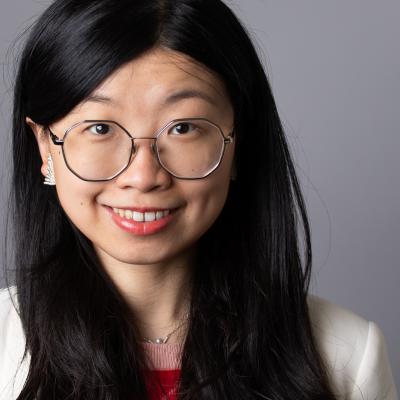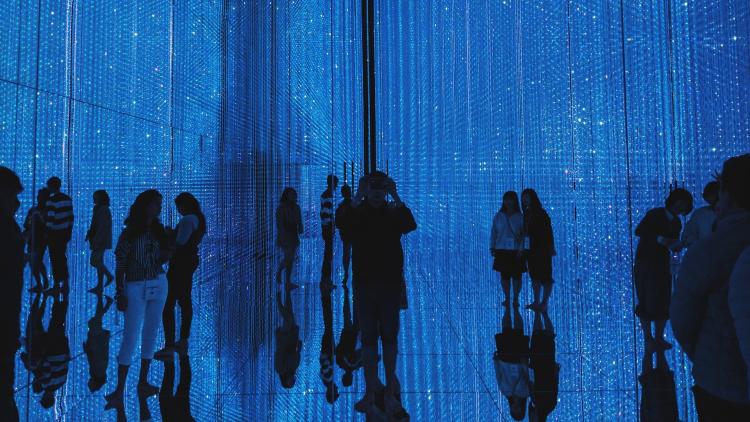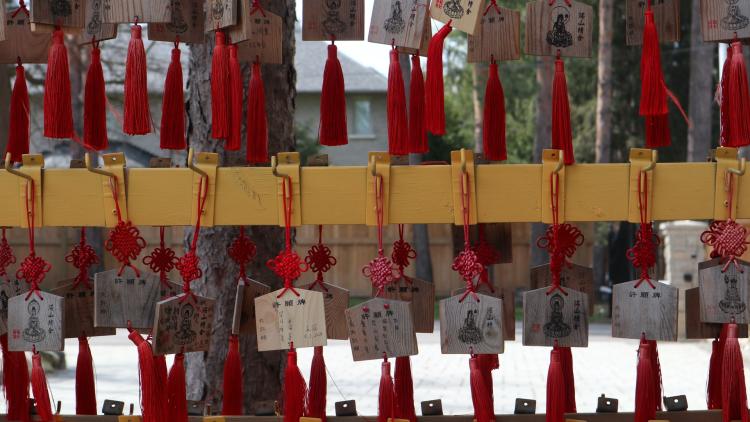Place and Space in East Asian Art

Key information
- Status
- Module not running
- Module code
- 158100020
- FHEQ Level
- 6
- Credits
- 15
- Department
- Department of History of Art and Archaeology & School of Arts
Module overview
Concepts of place and space offer rich and multivalent points of entry for constructing connected histories of art, architecture, and cultural production across East Asia. Through exploration of conceptual notions of place and space, this module will examine memory, interaction, and art production across national and regional boundaries as realised in visual and material culture.
The module enables students to develop knowledge of East Asian artistic and built environments through lectures that may take a pan-East Asian approach or may focus on a specific region (China, Korea or Japan). The module may focus on a specific theme, such as ritual spaces or feminine spaces, and present weekly case-studies selected from across East Asia, or it may explore concepts of place and space as related to a specific region through, for example, a chronological examination of selected key material studies.
The module offers students the opportunity to delve into the art and architectural histories of East Asia and encourages them to critically engage with a range of themes that link to those covered in other art history modules.
Classroom discussion will be complemented by study-visits to museum collections in London.
In 2022/23, the focus will be on China
Objectives and learning outcomes of the module
On successful completion of this module a student will be able to:
- Demonstrate knowledge of the distinctive material forms and contexts of art, as well as the social roles of its makers and audiences during the period studied
- Have an understanding of the relationship of the visual arts to wider social and cultural developments during the periods covered in the module
- Critically discuss key historiographical issues relevant to the material
- Evaluate varied approaches to the study of the arts of East Asia
Workload
- Lectures: 2 hours per week
Scope and syllabus
Depending on staff availability, the module may primarily address a single region (China, Korea or Japan) - and/or period or may cover a specific theme linked to the module LOs.
Potential topics include
- Ritual spaces (from Buddhist temples to Confucian shrines)
- Space and power (cities and palaces)
- Spaces for the dead (tombs and monuments)
- Travel (pilgrimage, leisure and official travel)
Method of assessment
- 1,500-1,700-word essay for second year and 1,700-2,000 word essay for final year (worth 30%)
- Presentation (worth 20%)
- Exam: 2 hours (worth 50%)
Suggested reading
- Bruntz, Courtney., et al. Buddhist Tourism in Asia. Honolulu: University of Hawaii Press, 2020.
- Park, J. P., Burglind Jungmann, and Juhyung Rhi. A Companion to Korean Art. Hoboken, NJ: John Wiley & Sons, Inc., 2020.
- Screech, Timon. Tokyo Before Tokyo: Power and Magic in the Shogun 's City of Edo. London, UK: Reaktion Books, 2020.
- Wu Hung. The Art of the Yellow Springs: Understanding Chinese Tombs. London: Reaktion Books, 2010.
- Screech, Timon. The Shogun's Painted Culture: Fear and Creativity in the Japanese States, 1760-1829. London: Reaktion Books, 2000.
- Mason, Penelope E., and Donald Dinwiddie. History of Japanese Art. 2nd ed. Upper Saddle River, NJ: Prentice Hall, 2005
- Martin Powers and Katherine Tsiang eds., A Companion to Chinese Art (John Wiley & Sons: 2016)
- Lee, Soyoung, Denise Patry Leidy, and Ju-hyung Rhi. Silla: Korea's Golden Kingdom. New Haven, Connecticut: Yale University Press, 2013.
Disclaimer
Important notice regarding changes to programmes and modules



